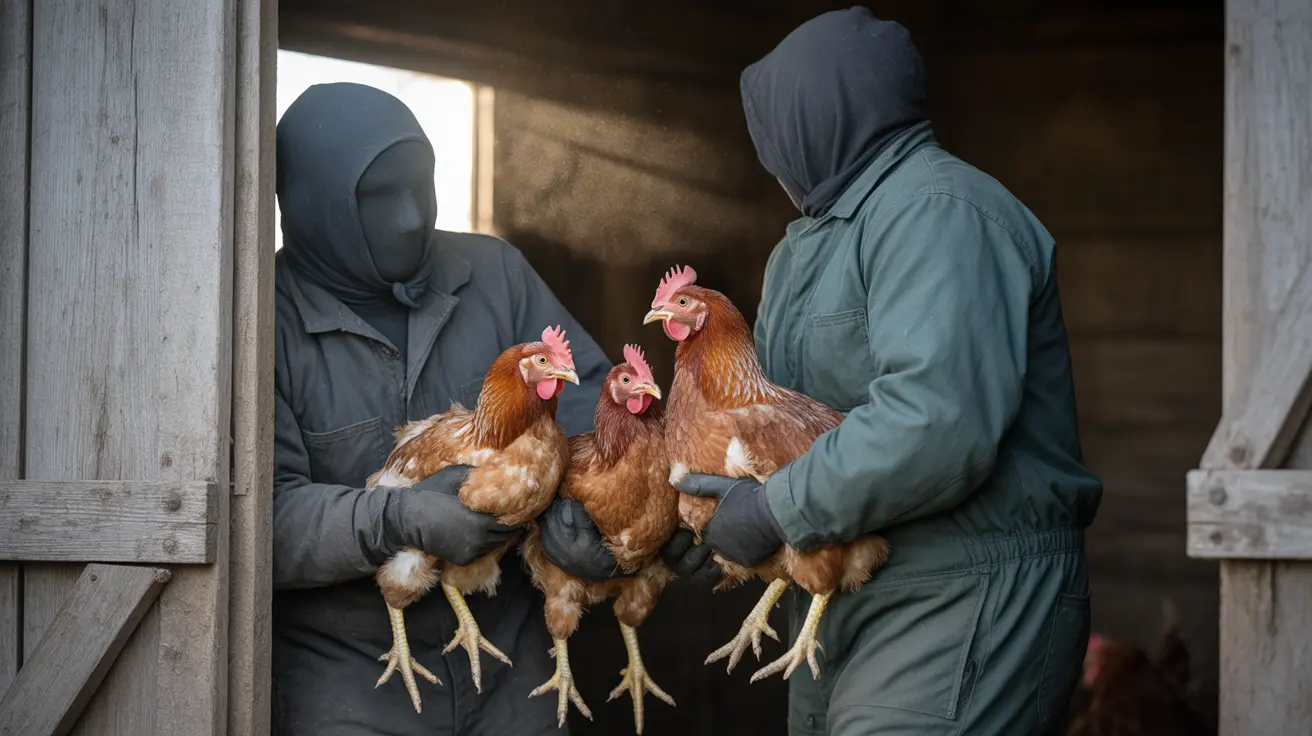How to Tell If Your Dog Is Cold at Night
Just like humans, dogs can also feel cold, especially during nighttime when temperatures drop. Knowing whether your dog is cold is essential to ensuring their comfort and health. While some dogs are more cold-tolerant than others, like those with thick fur coats, others may become uncomfortable or even suffer health issues due to low temperatures. This article breaks down the signs of a cold dog at night, when you should be concerned, and practical steps to keep your furry friend warm.
Signs Your Dog May Be Cold at Night
Dogs can’t tell us when they’re uncomfortable, but they do show physical and behavioral clues. Look out for the following signs:
- Shivering or Trembling: This is the most obvious sign that your dog is cold. Even light shivering often indicates discomfort.
- Curling Into a Ball: Dogs conserve body heat by curling into tight balls, often tucking their noses under their tails.
- Seeking Warmth: If your dog tries to burrow under blankets or seeks warmer spots like under furniture or near heating vents, they may be too cold.
- Whining or Barking: Vocalizing during the night can signal discomfort or a need for warmth.
- Cold Ears or Paws: Touch your dog’s extremities; extremely cold toes or ear tips might indicate they are chilled.
- Reluctance to Move: A dog that refuses to leave their bed or walk on cold floors may be trying to conserve body heat.
Factors That Influence Your Dog's Cold Sensitivity
Not all dogs respond to cold in the same way. These factors can affect your dog's cold tolerance:
- Breed: Breeds like Huskies, Malamutes, and Newfoundlands handle cold better than Greyhounds or Chihuahuas.
- Coat Type: Dogs with double coats retain warmth while those with thin or short hair are more susceptible.
- Size: Small dogs lose heat more rapidly due to their larger surface area in proportion to their volume.
- Age: Puppies and senior dogs are more vulnerable to the cold.
- Health Status: Dogs suffering from illnesses or with low body fat may struggle to regulate their body temperature.
How Cold is Too Cold for Dogs at Night?
In general, temperatures below 45°F (7°C) may be uncomfortable for some dogs, especially small or short-haired breeds. When it dips below 32°F (0°C), dogs can begin to suffer from hypothermia or frostbite. Always consider breed-specific needs and how cold your living environment gets at night.
Tips to Keep Your Dog Warm Overnight
- Use a Dog Bed with Blankets: Elevated beds with insulating blankets help retain body heat.
- Dress Your Dog in Pajamas: Dog sweaters or pajamas are ideal for breeds that lack a thick coat.
- Provide a Heated Pad: Special pet heating pads can be placed under beds and are a great option for extra warmth.
- Bring Your Dog Indoors: If your dog usually sleeps outside, bring them inside during the colder months.
- Close Drafts and Use Insulated Bedding: Ensure that your dog’s sleep area is free from drafts and well-insulated.
When to Seek Help
If your dog is lethargic, has stiff muscles, breathing difficulties, or signs of frostbite (such as pale or grayish skin), seek veterinary care immediately. These could be signs of hypothermia, which is a medical emergency.
Final Thoughts
Understanding when your dog feels cold at night can significantly improve their sleep quality and well-being. Watch for physical and behavior signals, consider your dog’s individual breed and needs, and take proactive measures to keep them warm and cozy throughout the night.





